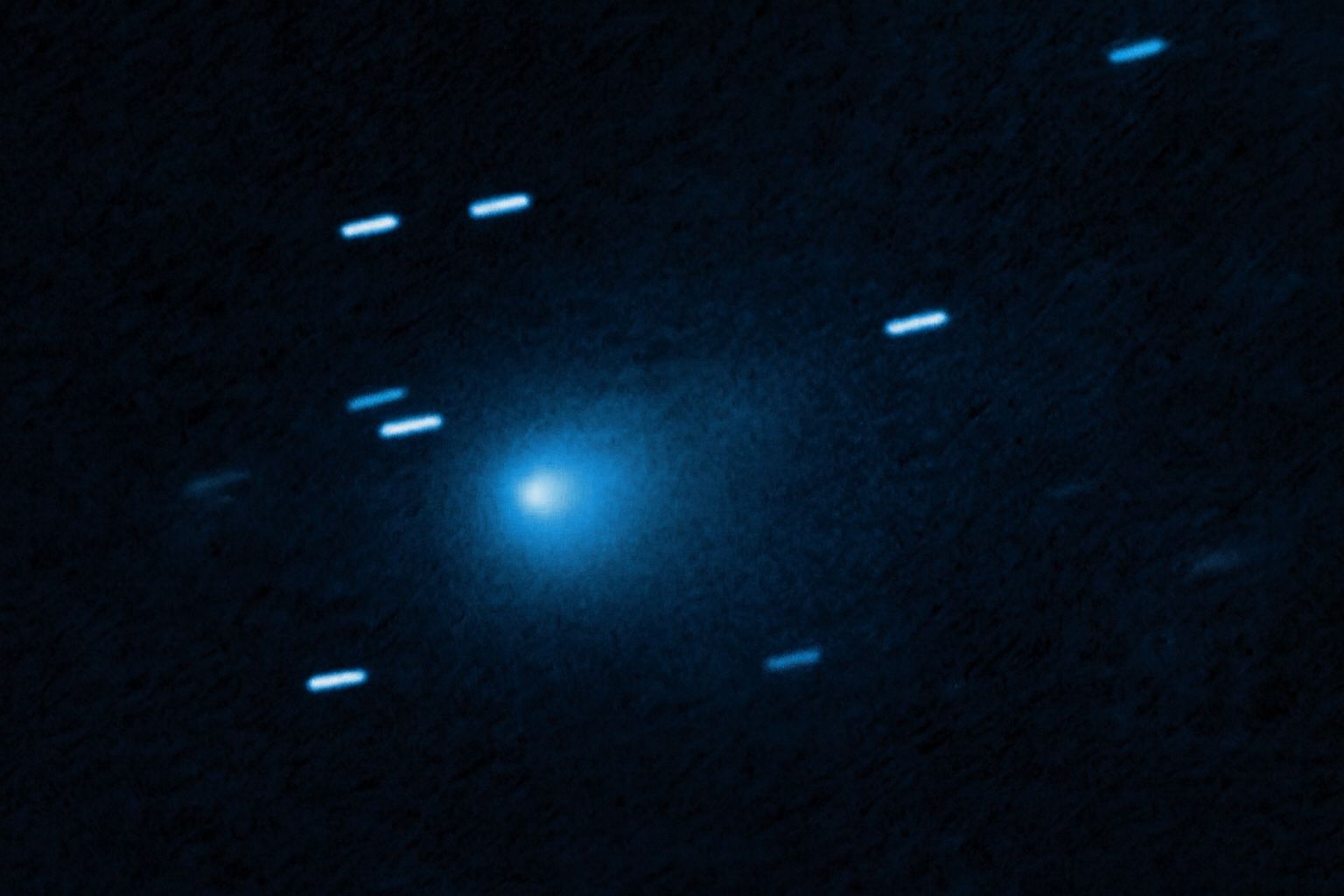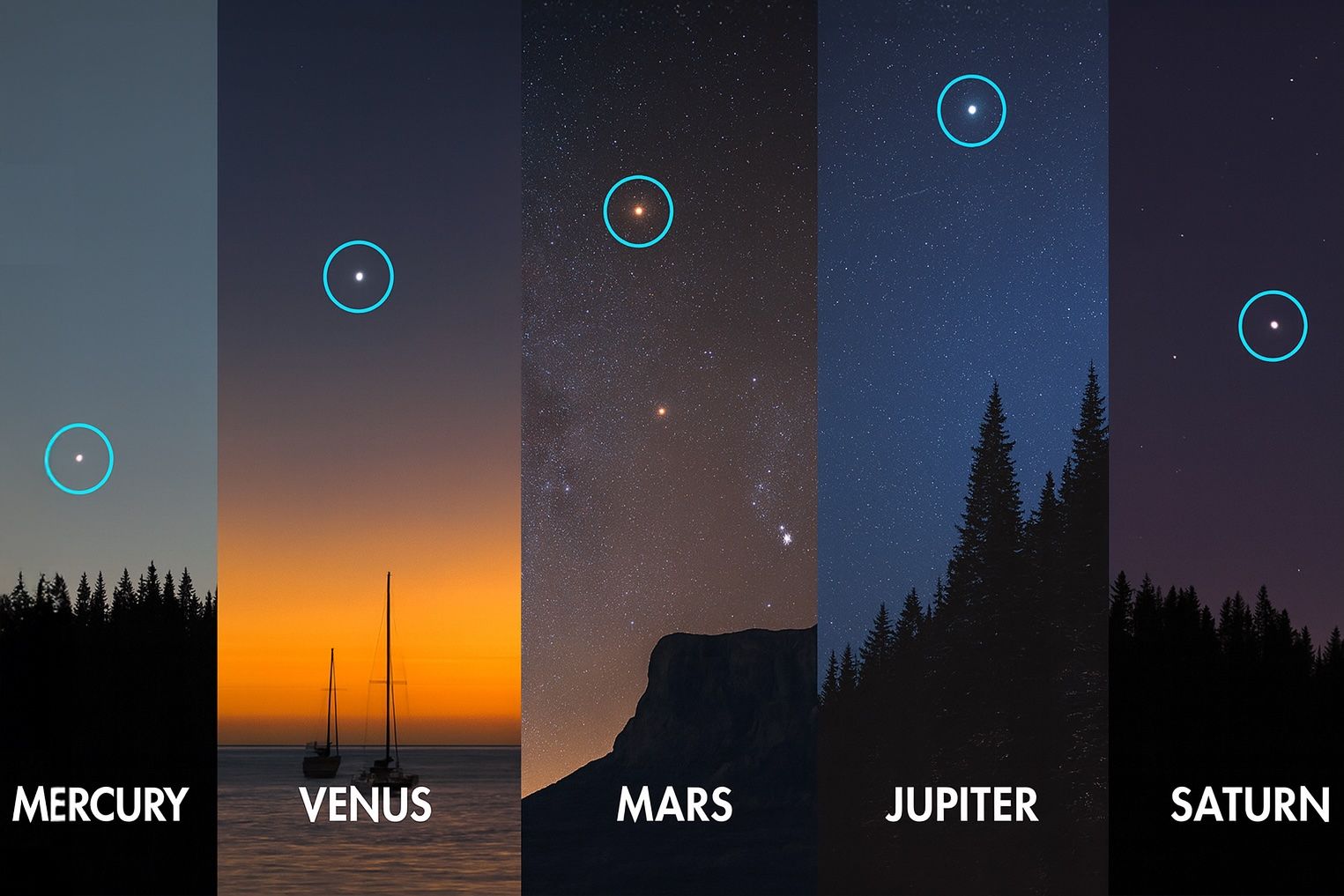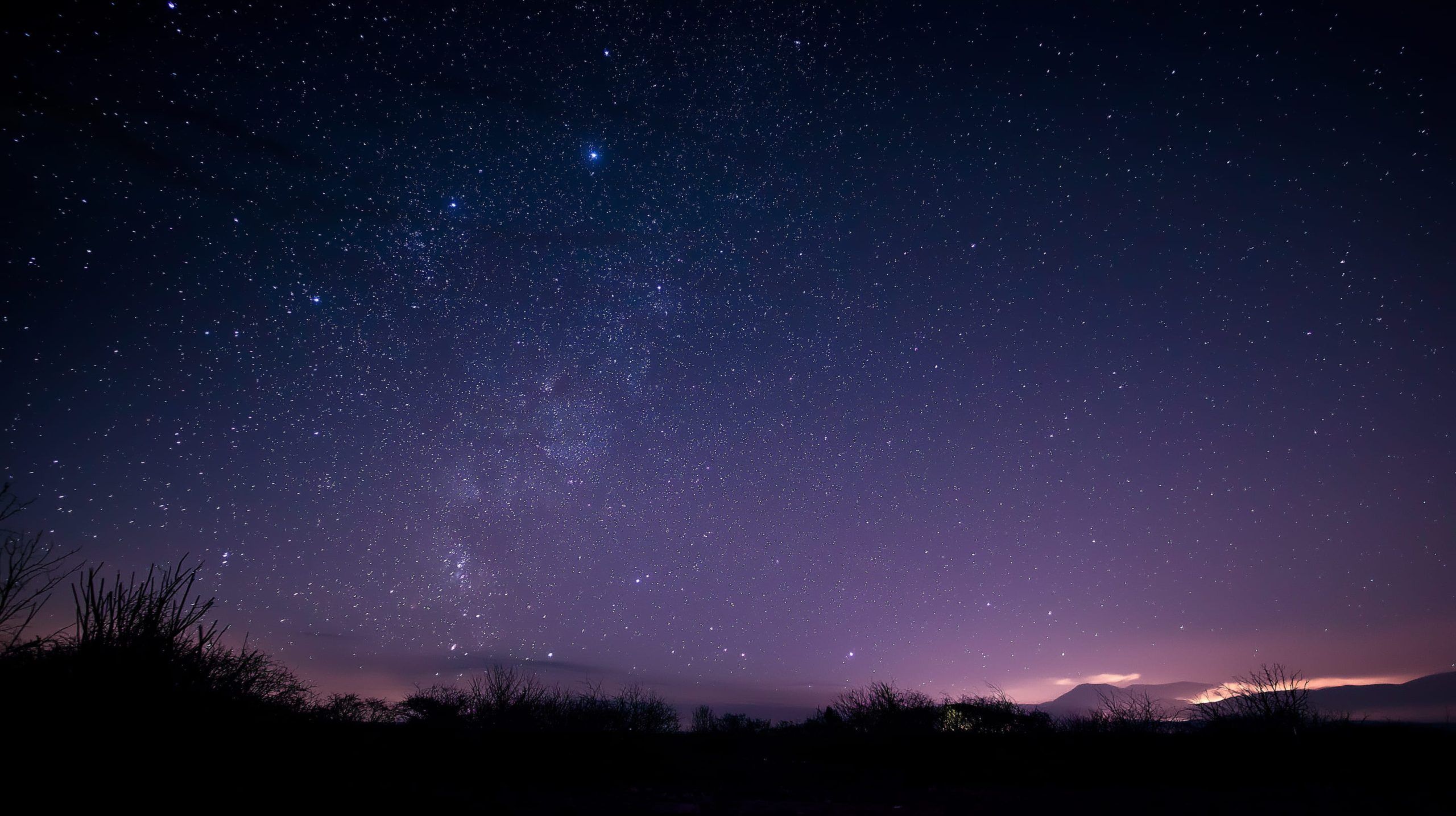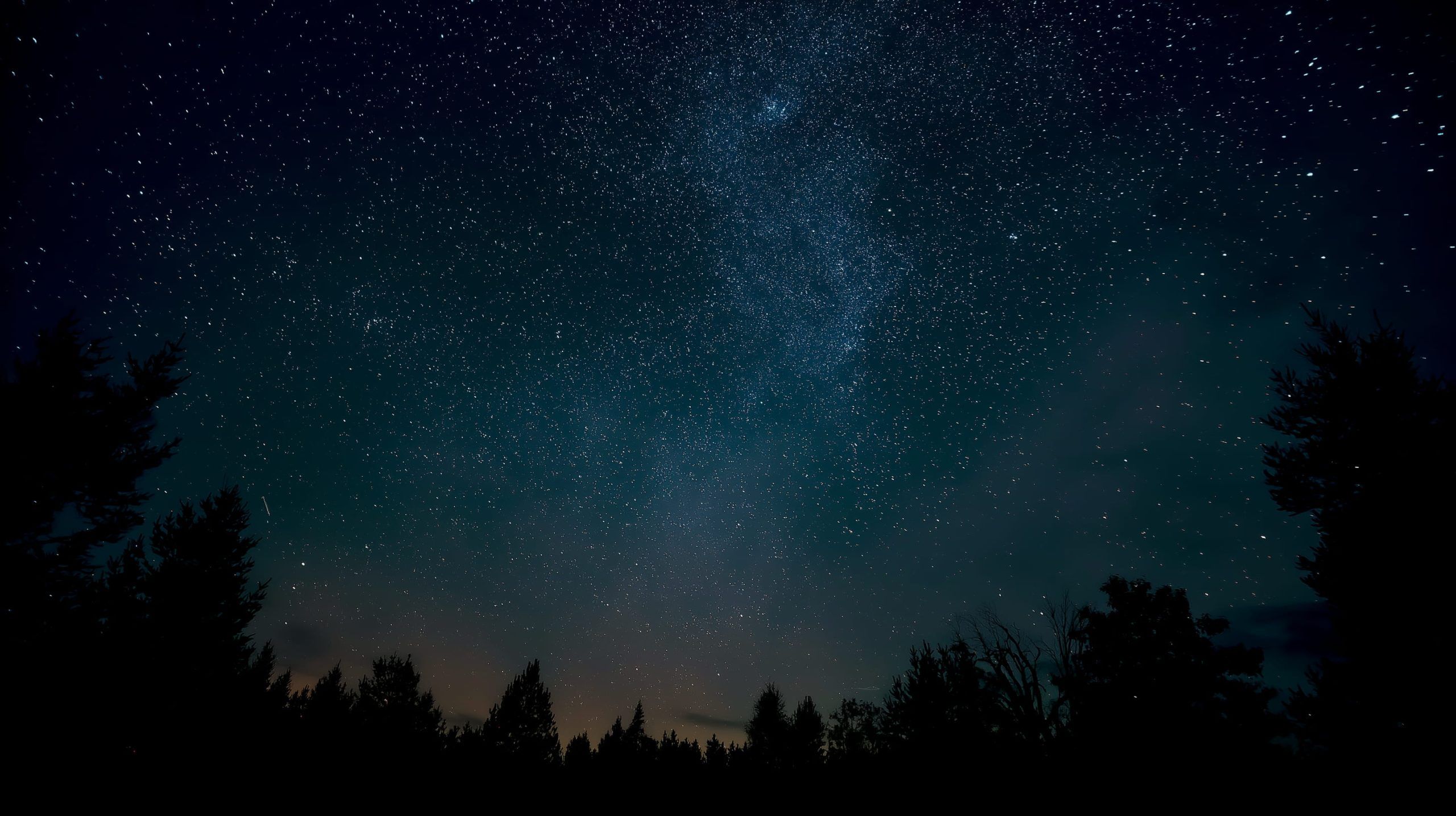
Rare Black Moon Rising Aug. 23 – A Vanishing Moon Brings the Darkest Night of Summer
The August 23, 2025 Black Moon is a seasonal Black Moon, the third new moon of summer in a season that contains four new moons (June 25, July 24, Aug. 23, and Sept. 21). The last time a seasonal Black










